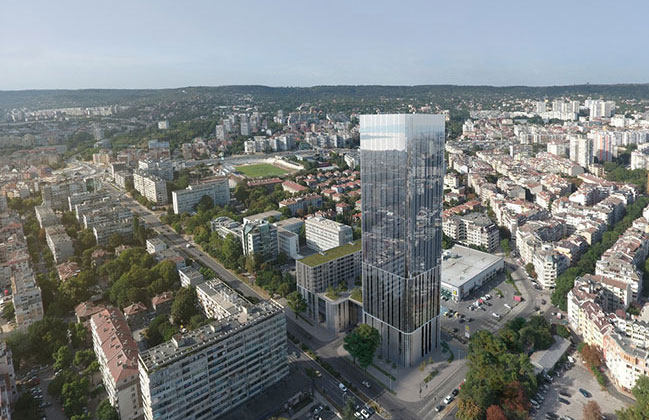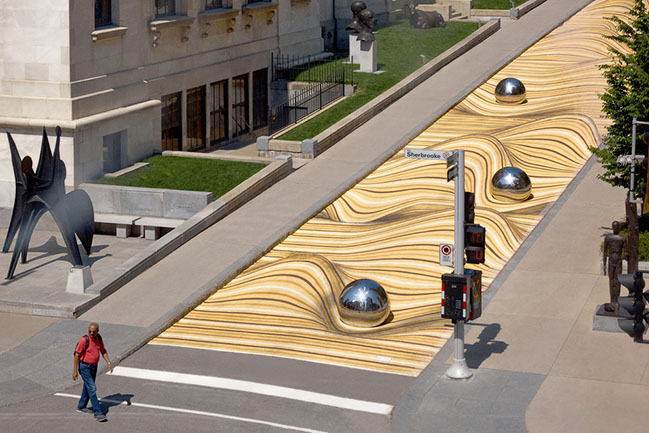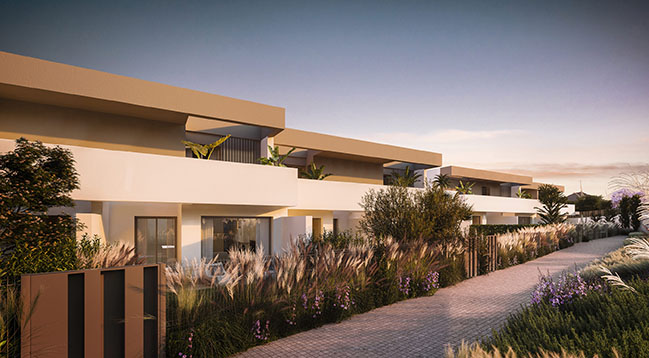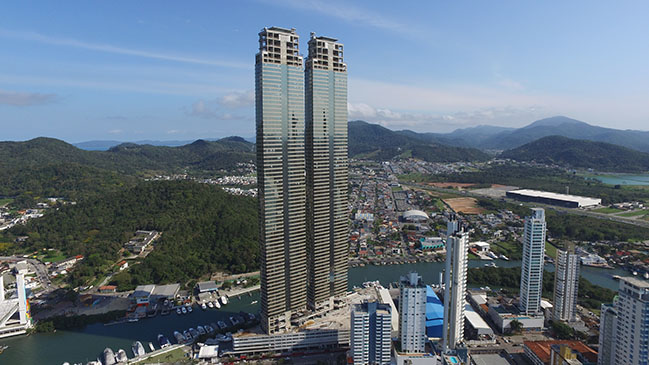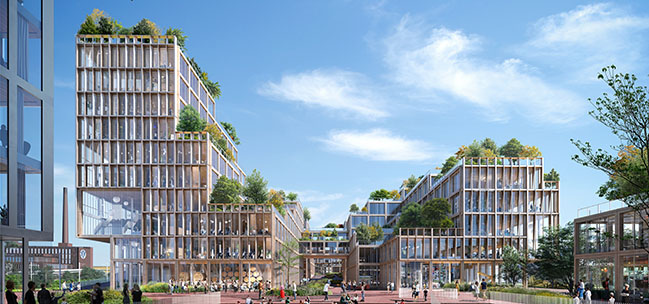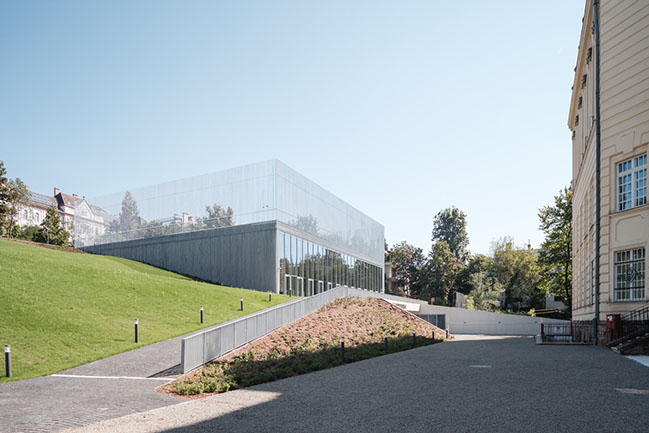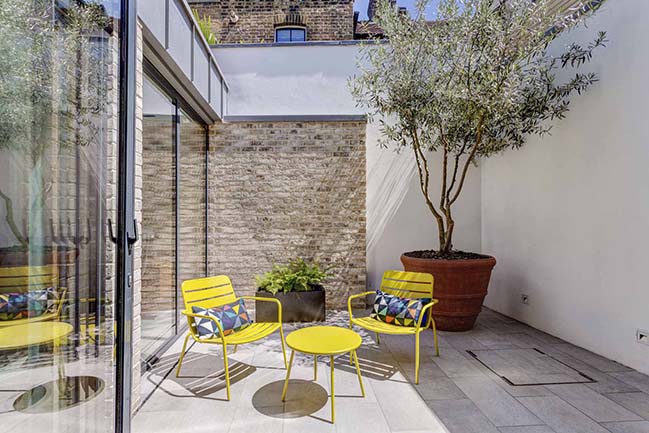11 / 09
2020
The new Terna power station designed by the Italian studio Frigerio Design Group is an innovative architecture, elegantly integrated into the unique natural context...
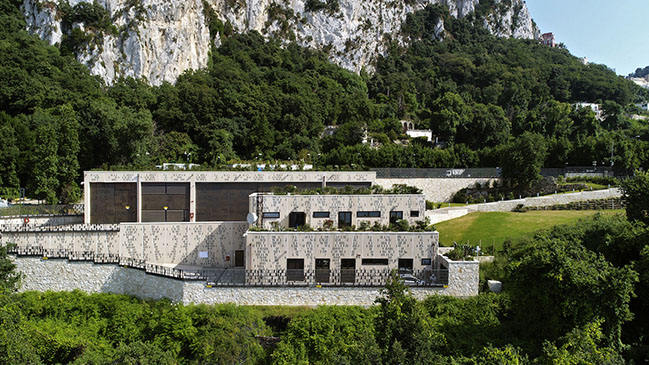
Architect: Frigerio Design Group
Client: TERNA Rete Italia S.p.A.
Year: 2018
Surfaces: lot 3000 sqm; building 1000 sqm
Team: Enrico Frigerio with Carola Ginocchio, Fabio Valido, Federico Biassoni, Daniele Bona, Daniela Galletti, Emanuela Masala, Giulia Pasqualini Galliani, Anna Tsareva
Structures: Mascolo Ingegneria
General Contractor: EDILDOVI S.r.l.
Photography: Enrico Cano
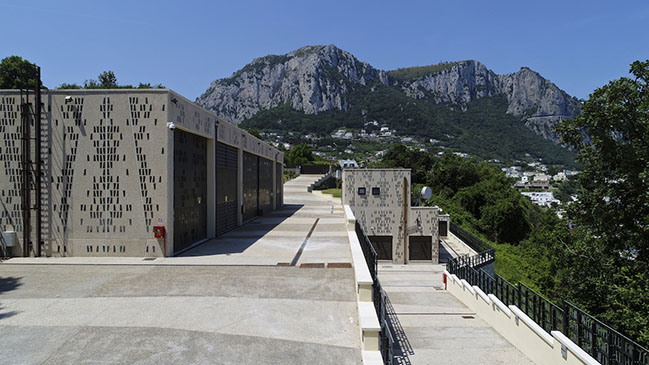
From the architect: The new Terna power station is an industrial architecture that merges into the unique historical and natural landscape of the island of Capri. Designed by the Italian studio Frigerio Design Group - winner of the international competition with restricted procedure held by Terna, the company that manages the high and extra-high voltage national power grid in Italy - the new Station is a pioneering project with important environmental benefits. It is also a unique example in the world of innovative architecture for electrical power Stations.
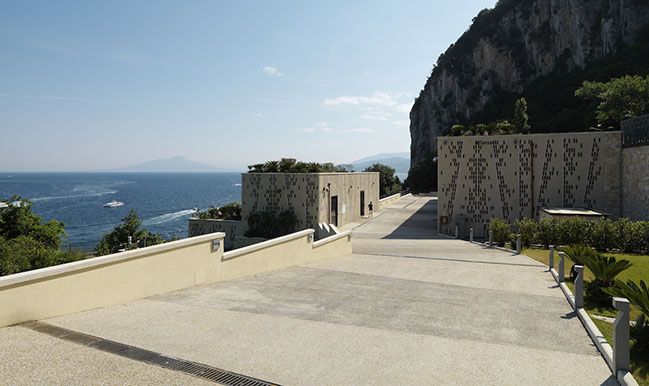
In designing the Capri project, built on an area of about 2,700 square meters, architect Enrico Frigerio developed a linguistics based on geometry, greenery and light. Thus the station becomes a discreet element, elegantly integrated into a unique natural context. Capri, the only island in the Gulf of Naples not of volcanic origin, stands out for its unmistakable profile etched in calcareous rock, modelled by time in steep, and precipitous walls covered with Mediterranean vegetation. The architecture also gives the territory a new symbol, an expression of a contemporary sensitivity.
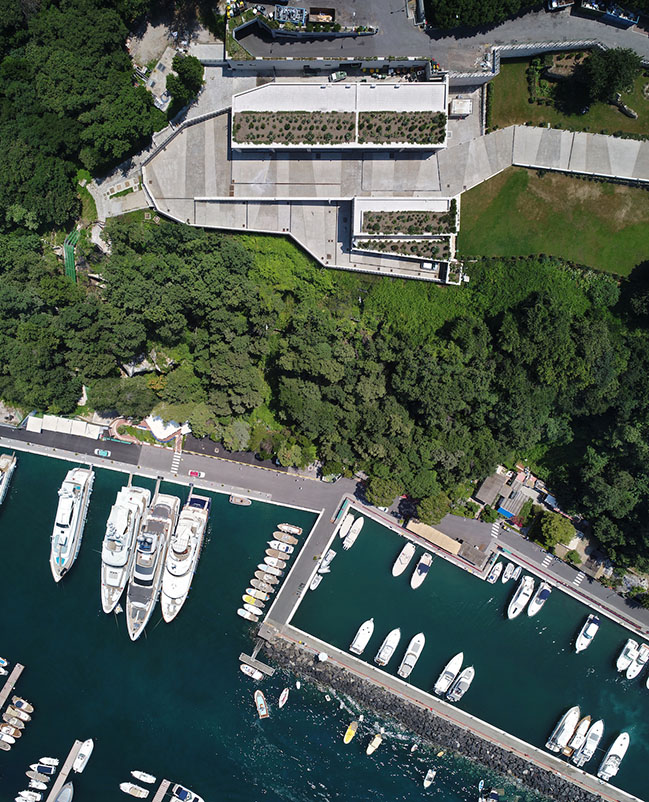
The new power station completes the electrical connection between Capri and the mainland: a pioneering project realized with an investment of 150 million euros made by Terna, that makes possible to provide the island with energy from renewable sources and to reduce polluting emissions to zero – by decommissioning the current diesel power plant – while making the island safer at the same time.
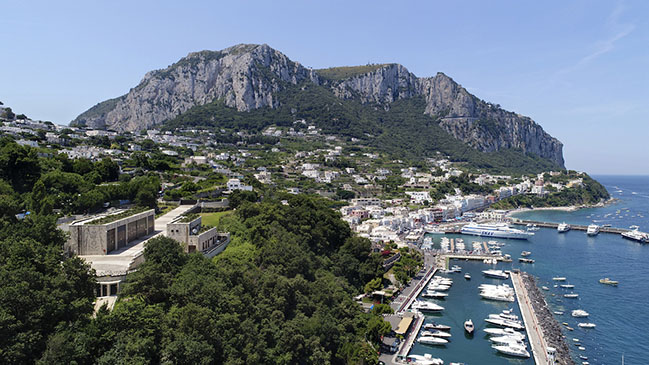
The new Terna station ensures remarkable benefits in terms of safety, continuity, quality and stability in their provision of electricity. The new power line, entirely underwater and underground, will deliver higher quality, reliability and efficiency to the local electrical service. The decommissioning of the diesel plant which was on the island and the possibility of providing electricity from renewable sources – coming from the mainland – will bring considerable benefits from an environmental point of view. At the same time the inclusion of Capri in the national electric grid will guarantee savings for the collectivity and for the electric system estimated around 20 million euros per year and a 130-thousand-ton reduction in CO2 per year.
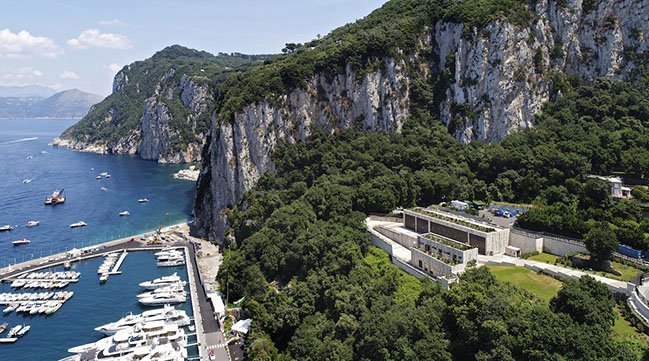
The architectural project
An industrial building developed from the special context of the site, which integrates into the natural landscape with a sense of renewed harmony. The natural matrix of Capri, its calcareous steps, the Mediterranean vegetation and the elements characterising the place inspire the architectural project developed by Frigerio Design Group.
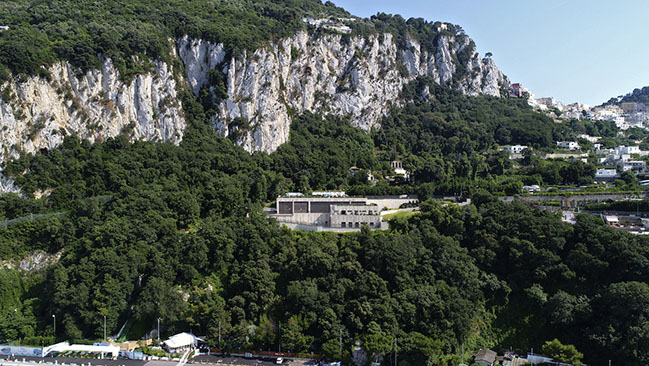
The building represents a dialogue with the context by standing as a sign of the renewed relationship between what is built and the surrounding environment, far from the perennial conflict between the two. Materials, geometries and details preserve the same richness and vibration of light the natural scenario offers. The orography of the land determines the layout of the power station: the limestone crags going up from the Marina Grande become retaining walls or buildings, while the vegetation softens the visual impact, by occupying empty spaces in a spontaneous manner.
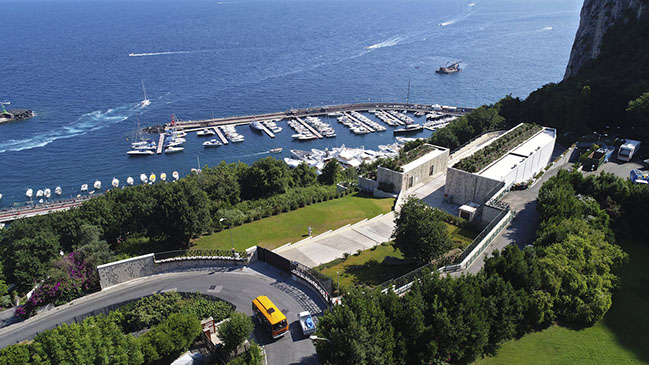
Facades and Geometry
The peculiar shades of colour of Capri’s landscape are recreated in the facades of the building, almost as if to make it a further variation of the natural ones. The industrial character of the architecture is expressed in the strong quality of the materials and details, enriched by finishing and assembly particulars. Taking the distinctly aggressive environmental conditions into account (salt air, humidity, UV rays), certain solutions were developed to reduce maintenance to zero.
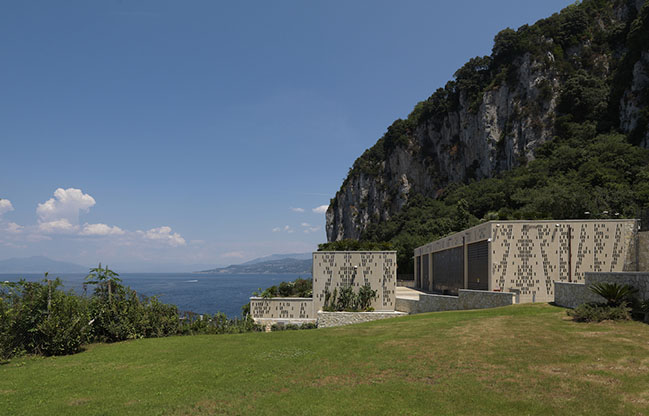
The play on solids and voids gives birth to dynamic perceptual effects helping to mitigate the visual impact of the architecture and to create a relationship with the special nature of the place, making the architecture act as a pivot connecting the diffused urban fabric and nature. The architectural finishing of the complex consists of several geometric elements, obtained by basic trapezoidal formal abstraction, which overall create variable and vibrant compositions.

The containment panels are in thermal break reinforced concrete, finished with natural split marble grit in the colours of limestone and in trapezoidal shape. The panels are realised with “master” formwork, on the bottom of which burnished brass plates are placed with clamps to ensure they are secured when the concrete panels are laid.
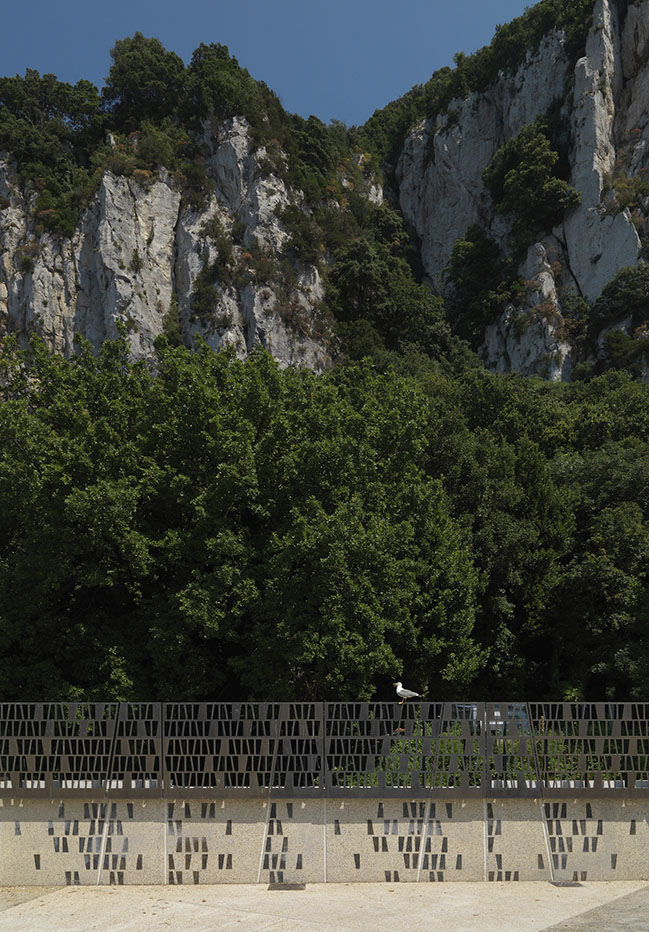
The same design used for concrete panels is applied to the modular panels in burnished brass sheet (mounted on frames and made with computerised numerical control machines), which are used for railing, gates, screens and fencing. The visual effect of the solid and void design is inverted, thus increasing the structure’s permeability by using more voids.

Both light and heavy prefabrication was used in order to simplify the construction site and thus reduce building time and cost. All the material was used without waste by processing scrap for the plates to be inserted into the concrete panels.
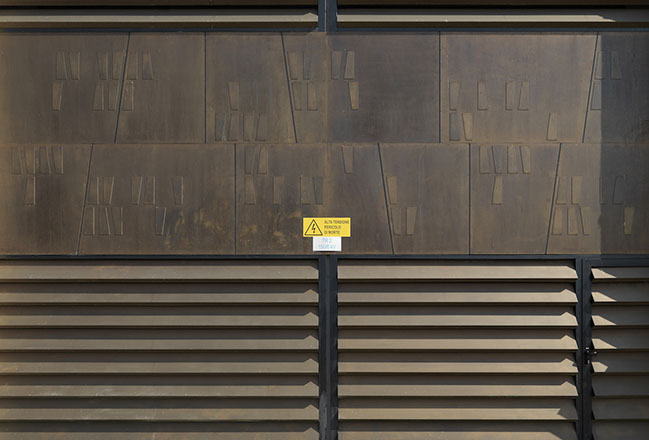
Landscaping
Greenery, the second natural matrix inspiring the project, creeps through the volumes by occupying empty spaces, spreading out spontaneously just as it does in the areas surrounding the lot and in the limestone walls of the island. The vegetation is typical and local with evergreen shrubs and plants to guarantee the constant mitigating effect throughout the year and to minimise maintenance. The landscaping project was conceived to reduce maintenance to zero and achieve autonomous growth after a brief period to allow the plants to set their roots.
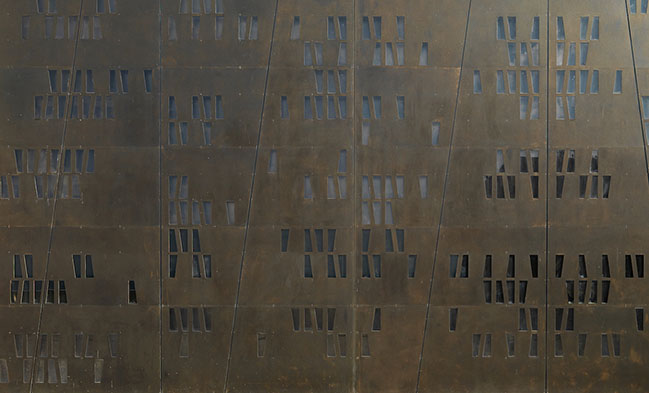
The evergreen vegetation was selected according to their colour, scent and dimensions, in order to optimise mitigation and to have fruits and flowers with a chromatic effect that changes with the different seasons of the year. To the north there are evergreen oaks, strawberries and carob trees – which can visually screen the installations, thanks to their height – and the pre-existing downy oaks, preserved and freed from the dead wood and the weeds covering them.
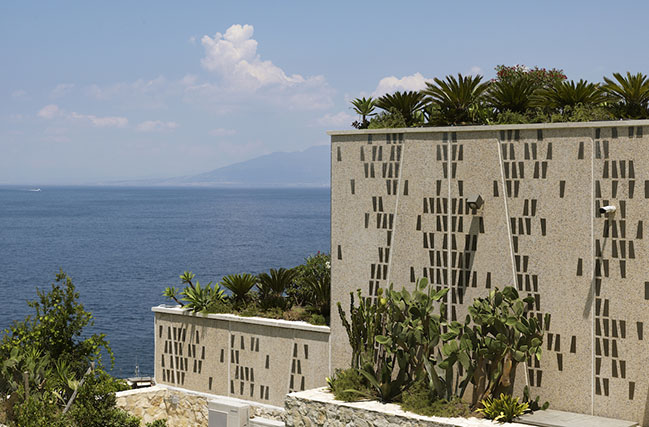
Growing up and near to the retaining walls are Italian buckthorn, rosemary, Tarantine myrtle, lentisk, euphorbia and lithodora, while agaves were placed in strategic points in order to prevent access. The greenery is made complete by native herbaceous species to fill in all the spaces with a touch of colour added to the green. The greenery is irrigated by dripline irrigation or sub-root irrigation systems so as to optimise the consumption of water and prevent any waste.
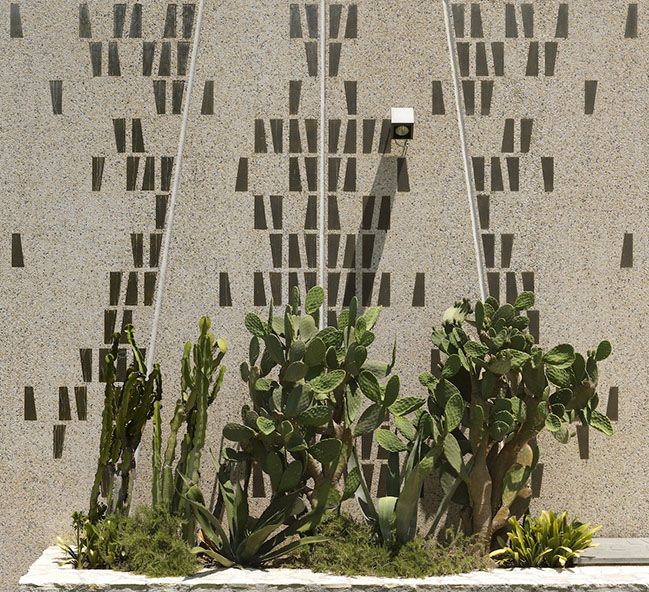
The light
The lighting design was developed in full respect of the landscape and minimising any light pollution. The lighting devices, with cut-off parabolas, were positioned to hide lighting sources. LED technology was adopted to reduce consumption and waste. The lighting design between the railing and the walls illuminates the perforated sheets upwards and walls downwards, thus making the view of the power station evocative also by night.
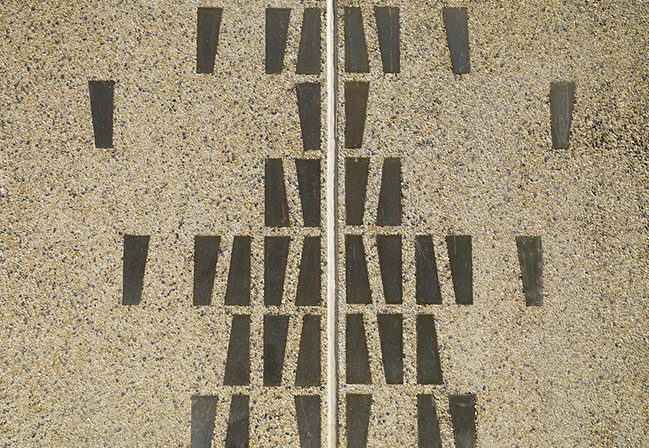
YOU MAY ALSO LIKE: Snøhetta Completes its 4th Energy Positive Powerhouse in Telemark
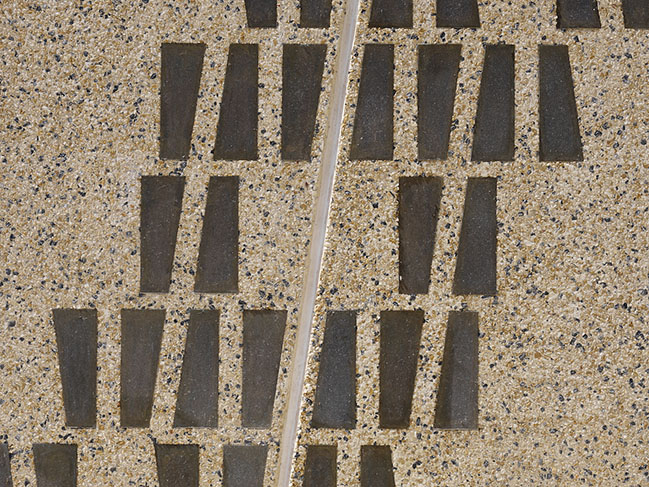
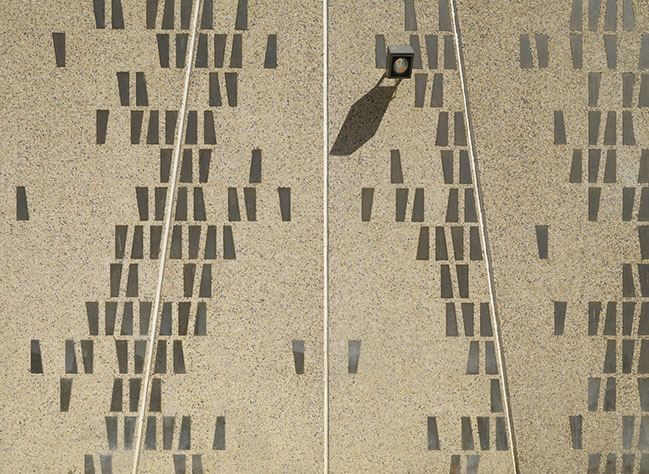
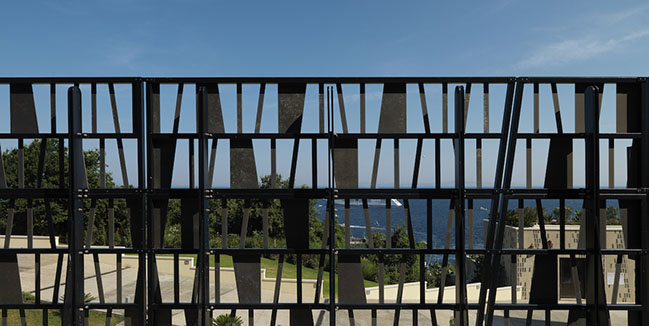
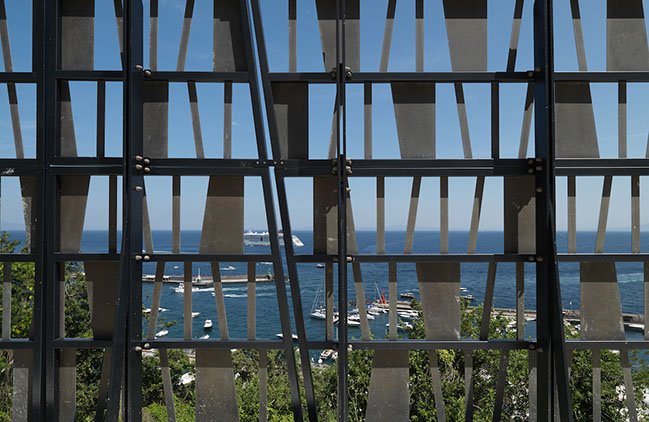
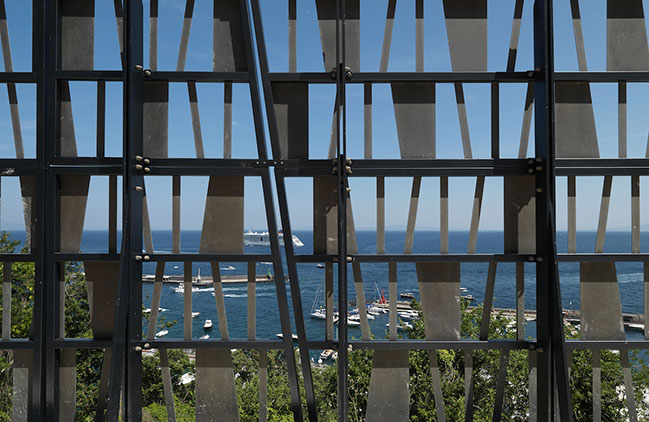
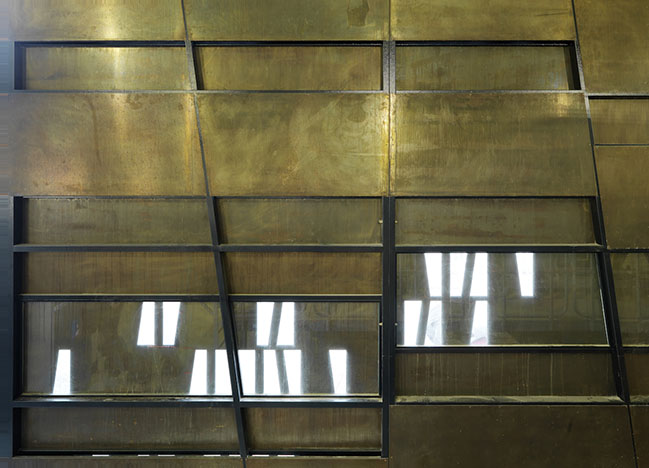
YOU MAY ALSO LIKE: The Power of Water by MAD
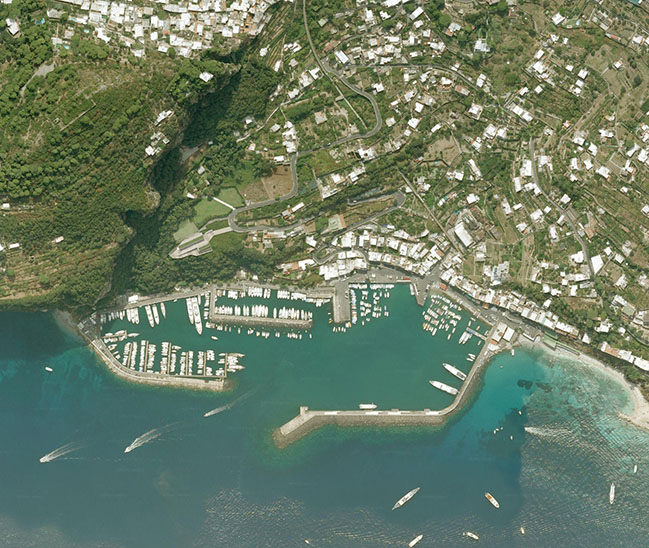

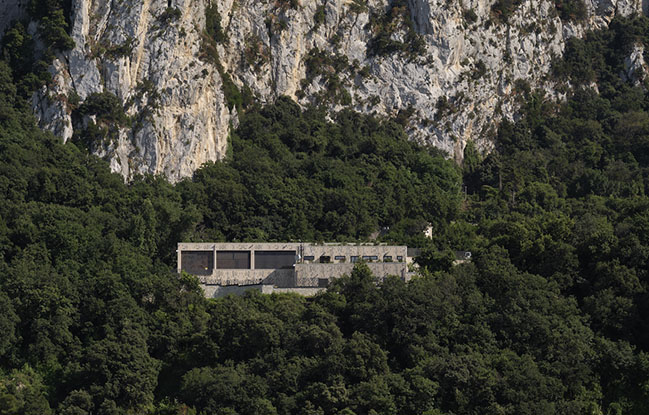
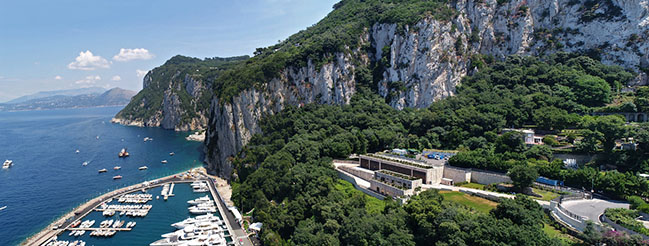
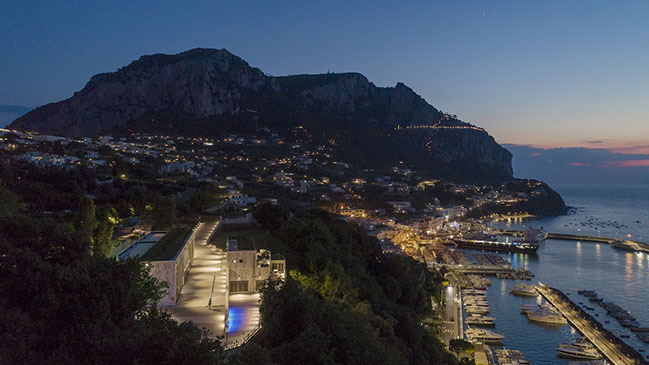
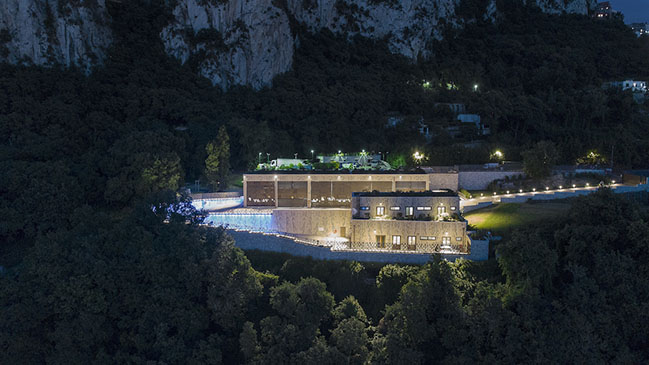
YOU MAY ALSO LIKE: Køge Nord Station by COBE and DISSING+WEITLING
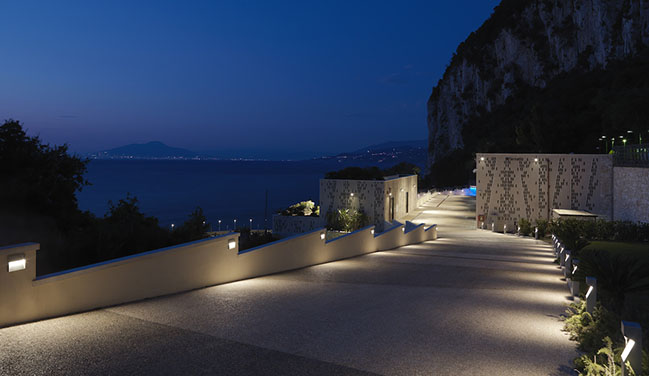
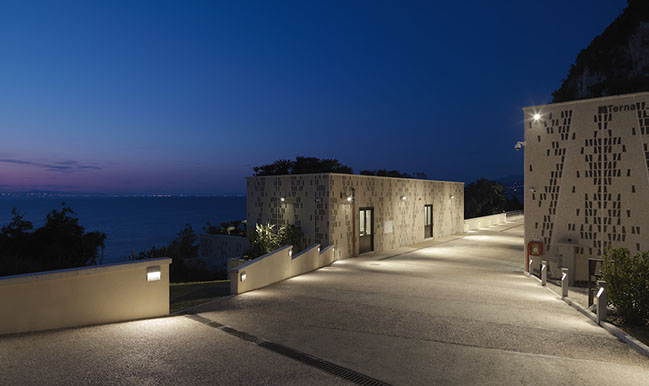

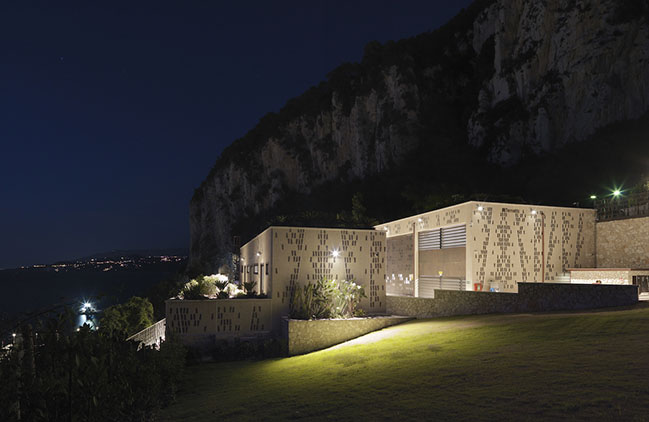
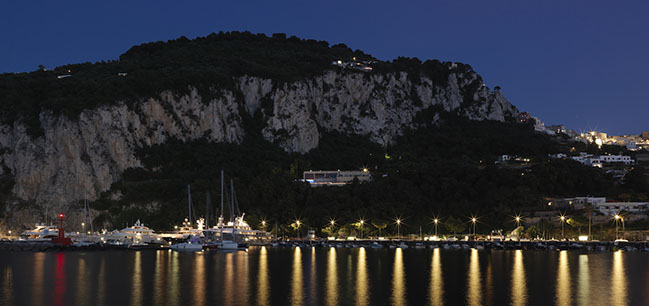
YOU MAY ALSO LIKE: Ultra-Fast Charging Stations for vehicles designed by COBE
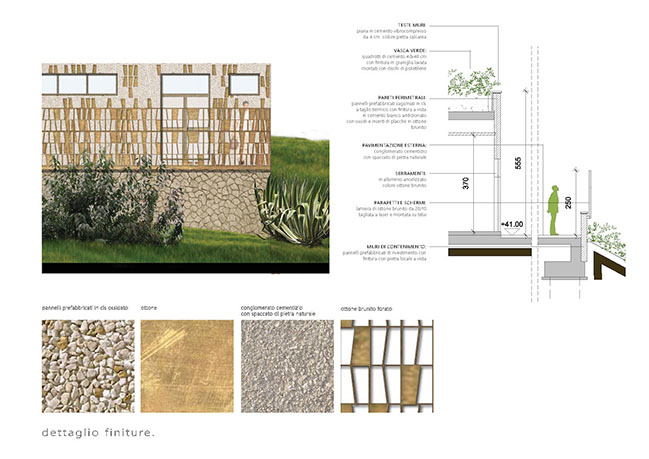

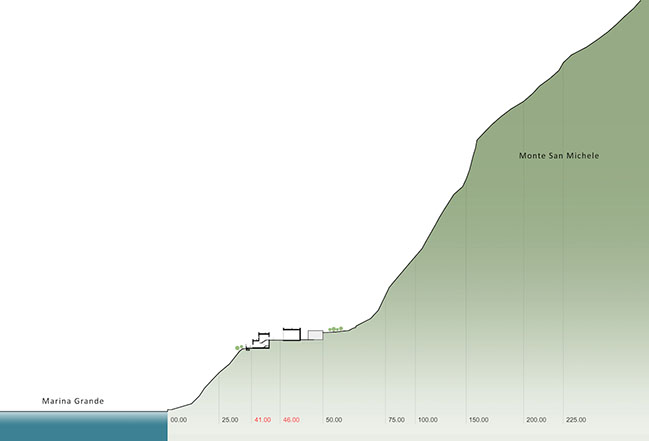
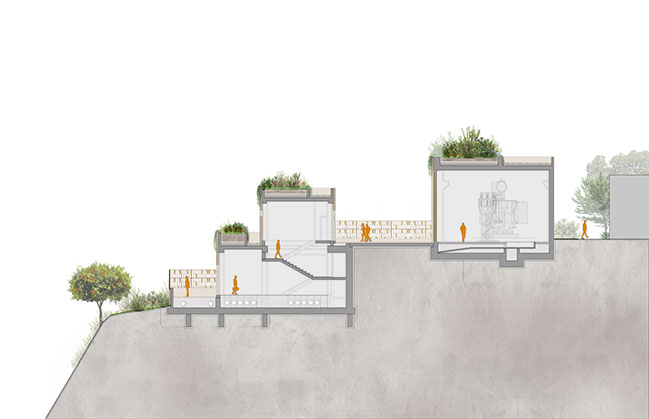
New Power Station in Capri by Frigerio Design Group
11 / 09 / 2020 The new Terna power station designed by the Italian studio Frigerio Design Group is an innovative architecture, elegantly integrated into the unique natural context...
You might also like:
Recommended post: Benbow Yard by FORMstudio
